Researchers at the University of Toronto discuss the origins and advances of carbon dioxide photocatalysis.


Researchers at the University of Toronto discuss the origins and advances of carbon dioxide photocatalysis.
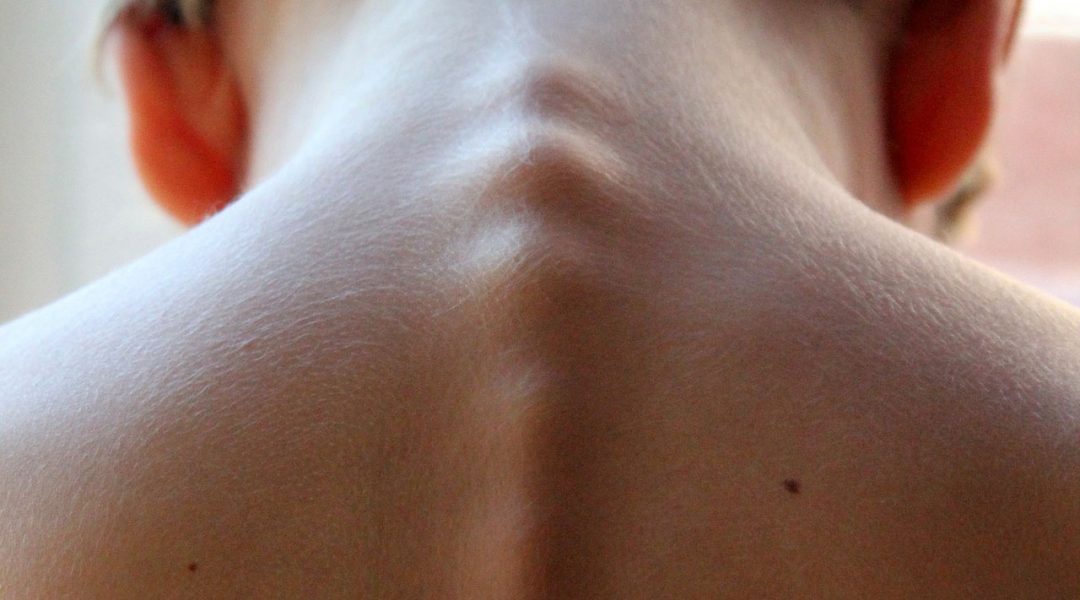
An electrospun hydrogel scaffold shows promising results for regeneration of the spinal cord following injury.
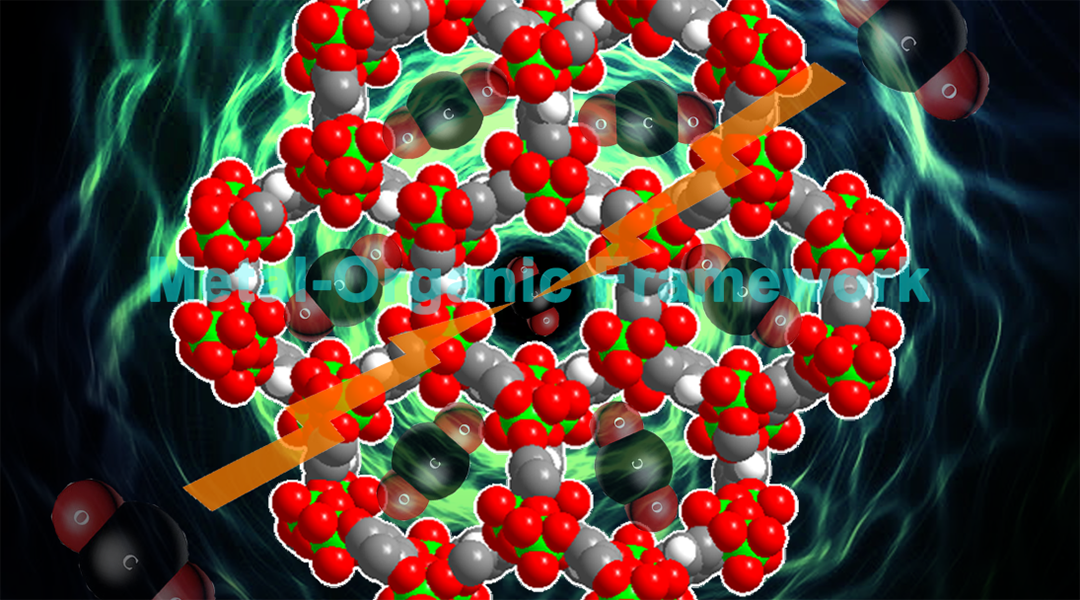
MOF‐based carbon dioxide capture urgently needs evaluation of engineering and process design to meet industrial standards.
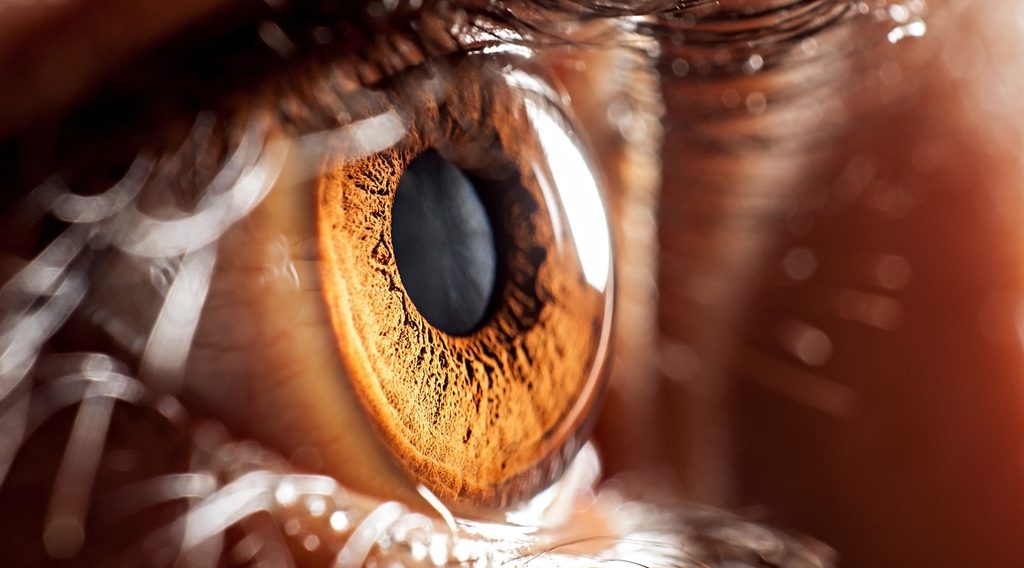
An atypical, low‐power, atmospheric pressure plasma source for application in plasma medicine.

The clock is ticking for the development and deployment of renewable synthetic fuels substituting for non-renewable fossil-based oil to enable a sustainable energy resource for the benefit of all people.
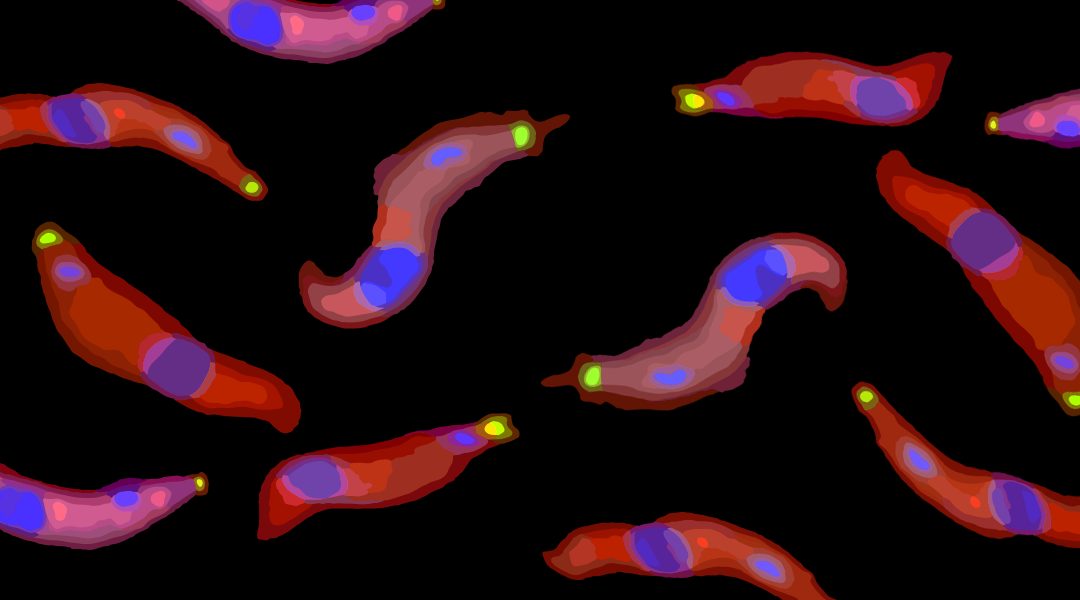
Single stranded RNAs with a free 5′ monophosphate end are susceptible to rapid degradation. Transfer RNAs (tRNAs) and ribosomal RNAs (rRNAs) are stabilized by hairpin structures and by “hiding” their 5′ ends within complex protein structures.

Direct writing of low-cost MXene-in-water inks using a rollerball pen.
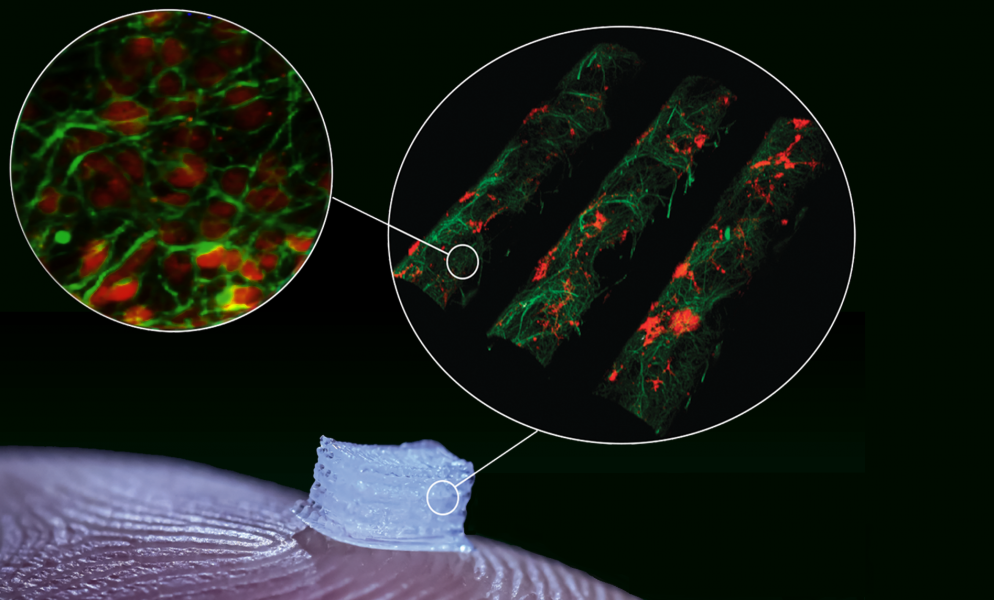
A 3D printing approach for precise cell placement on tissue engineered scaffolds is developed.

The possibilities of using photoacoustic techniques as a versatile tool for lympathic-related clinical applications is discussed.
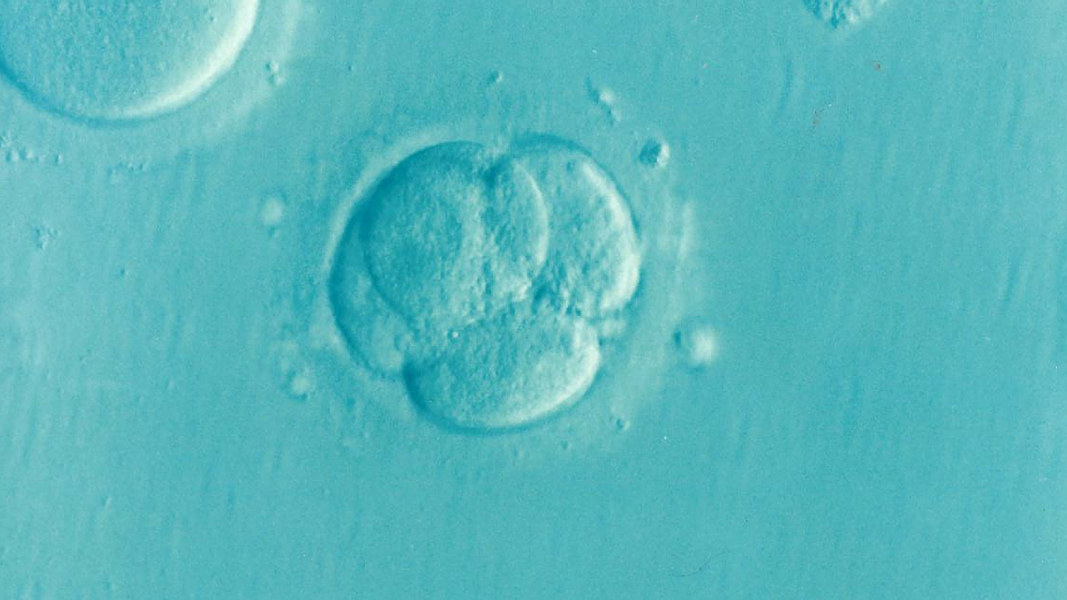
Intercellular communication may provide a mechanism to exploit and buffer cell-to-cell variability.